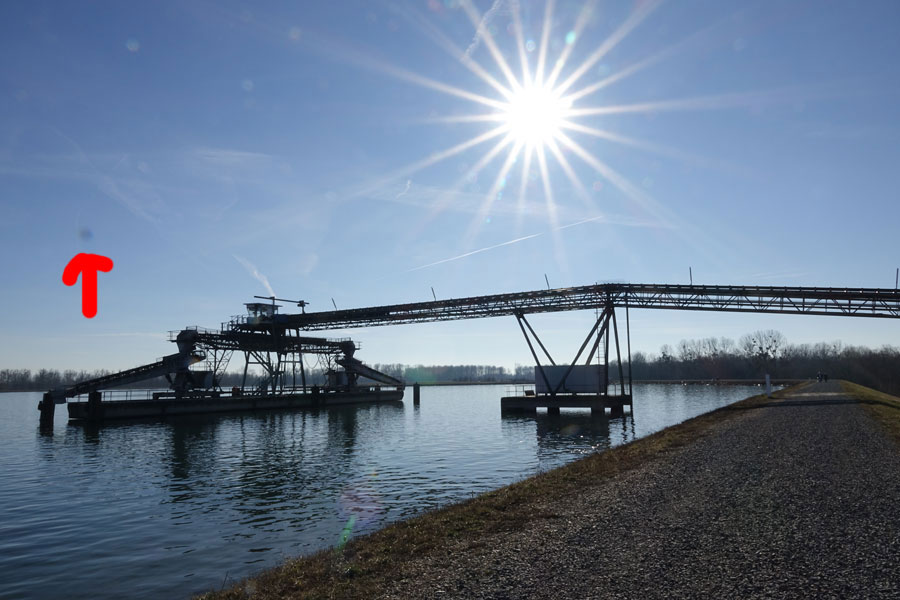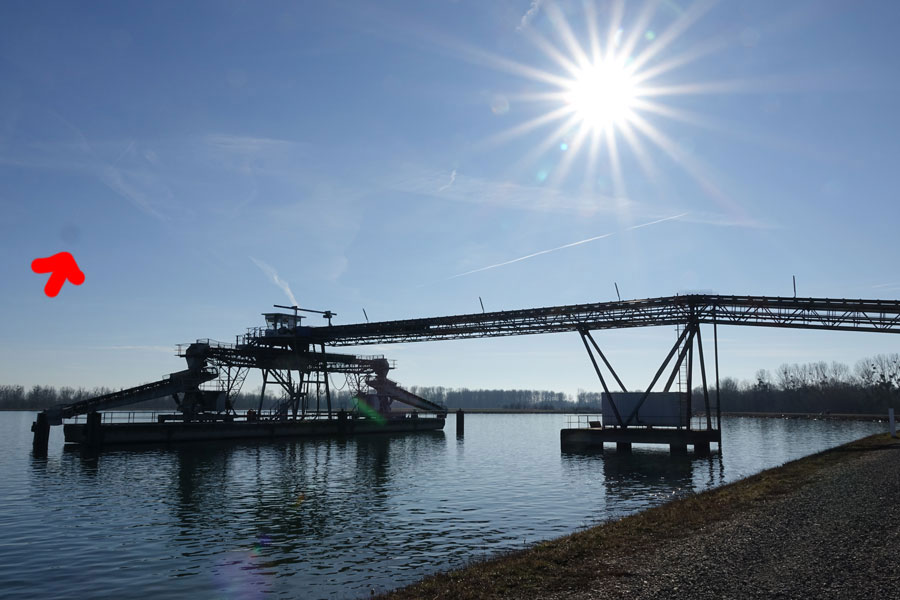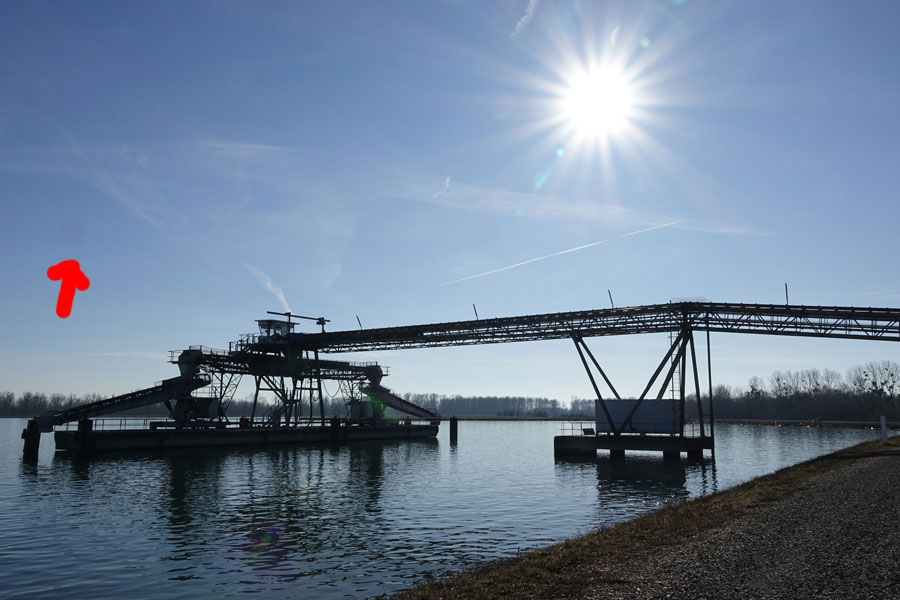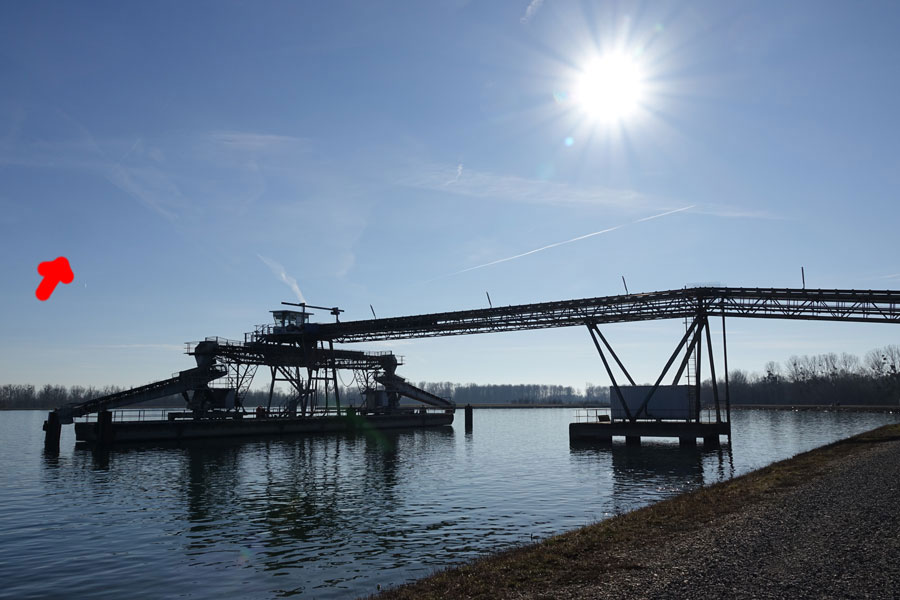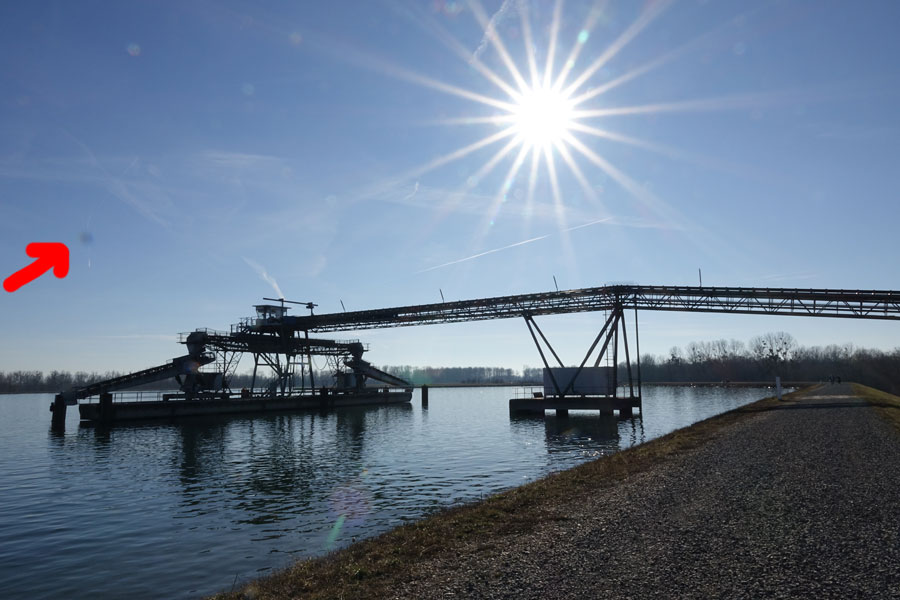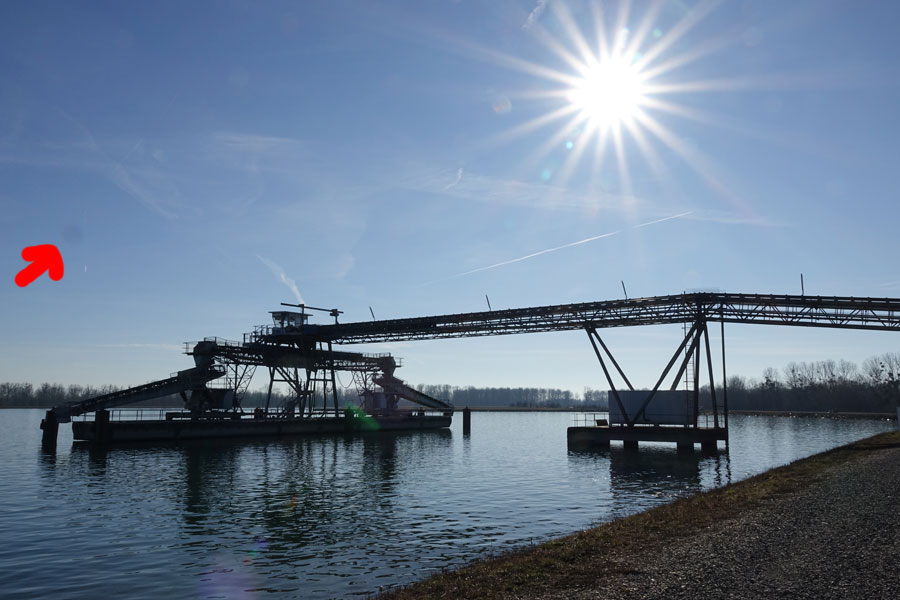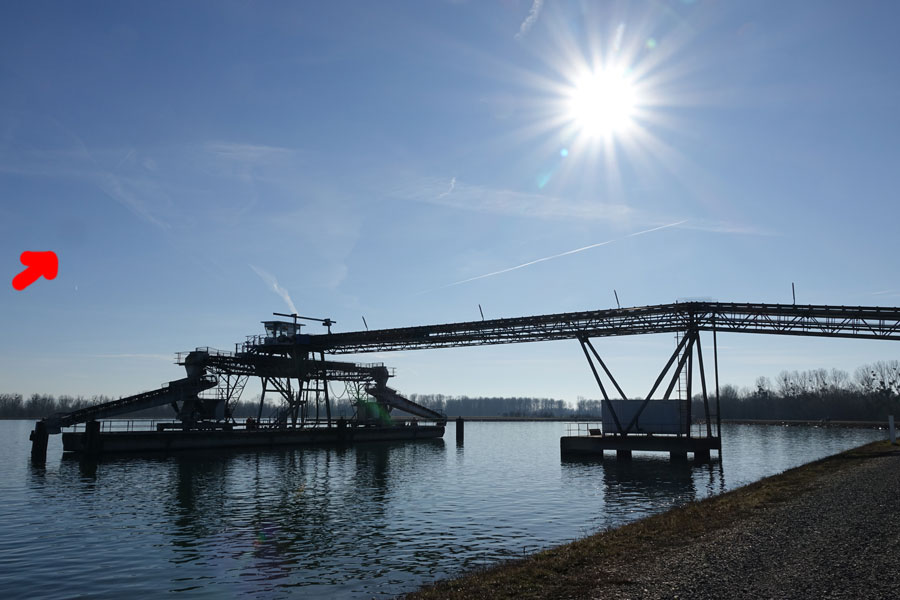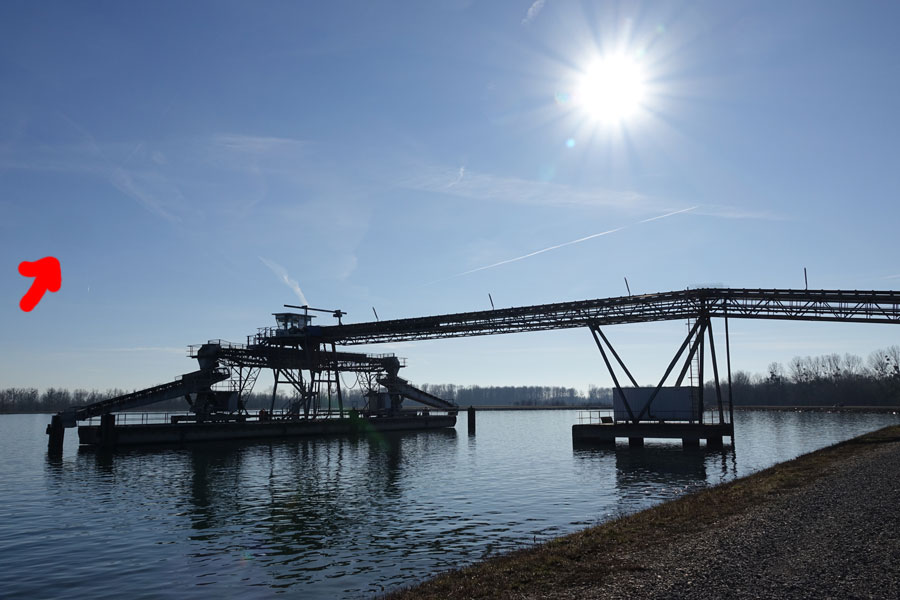Sony RX10 M3: Sensor Dust?
On this page, I present my (current) experiences with having dust on the sensor of my Sony RX10 M3. At least, I thought that I had dust on the sensor. A careful examination, hoewever, revealed that it may have been dust, but not on the sensor...
Introduction
Cameras with a telescopic lens are said to be prone to sucking dust, which prefers to settle down on the sensor. The Sony RX10 M3 is, however, said to have some sealing against dust and water, but the Sony Website explains that this does not guarantee that dust or water cannot enter the camera. And just this happened to within about two months of use!
When taking "sunstar" photos at f/16, I realized a dust spot at the left section of the image frame. Usually, I try to shoot with f/8 at maximum, better at f/5.6 or even f/4. In that case, the dust spot is not visible. Thus, it is only visible in the rare cases when I use f/8 onwards and take photos of the sky or other uniform areas.
I therefore decided, no to send the camera to the service for cleaning, but may decide otherwise any time...
Sample Photos
Below, I show sample photos demonstrating the dust spot at various focal lengths of 24 mm and 28 mm and apertures between f/5.6 and f/16.
Click on the images for the original versions without an arrow indicating the dust spot (appear in a new window).
At f/5.5, the spot is very, very faint, and I needed post-processing to make it more visible. But it is still there. All in all, these photos seem to show the typical pattern of dust spots on the sensor, namely that the spots get bigger and fainter the more you open the aperture.
First Doubts...
And here are two photos that I took before the shots above and directly afterwards:
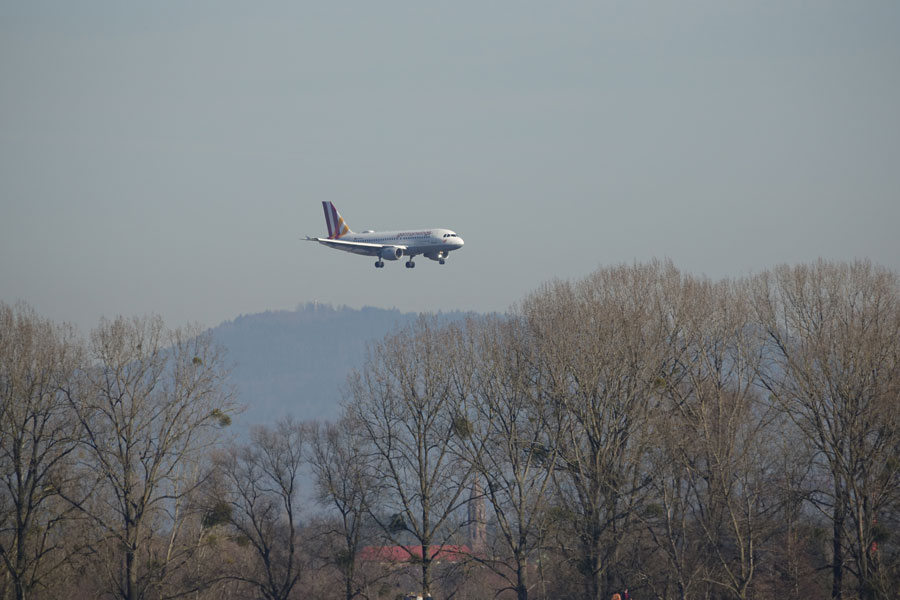 |
|
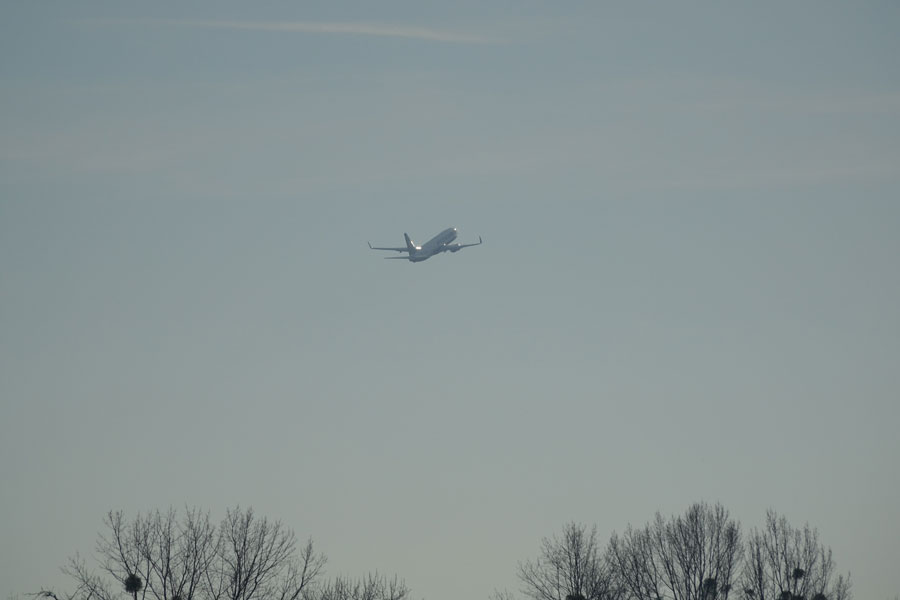 |
f/6.3, 360 mm: photo taken several shots before the "sunstar" series |
f/8, 360 mm: photo directly taken after the "sunstar" series |
The dust spot should be visible at least in the right photo, even though it was taken at a longer focal length. But there is nothing to see. And there is also nothing to see in any later shots that might be used for inspection. So, I took test photos of the sky a few days later. I took similar test shots with the Panasonic TZ202 as well, and there the dust spot was clearly visible at different focal lengths and aperture values. But on my test shots with the Sony RX10 M3, there is nothing to see - so I do not show the test shots here.
More Doubts...
The selected "sunray" shots above are actually part of a series, from which I selected the "best" ones as "keepers". When I looked at the other shots and compared the shots with equal aperture values (and focal lengths within the same aperture value), I found that the dots are slightly "moving" when you switch between photos taken with the same aperture value. While dust spots change their shapes a little with changing aperture and move with changing focal length, they stay fixed when neither aperture nor focal length does change. On my photos, however, this is not the case. The movement is minimal, but it always follows the pattern of the whole scene.
Here are pairs of photos taken with the same aperture and a slightly different "framing," for illustration. With some effort, you should see that the spot follows the framing. For seeing this better, click the images for a larger version.
Below, I present sections of the f/16 and f/11 photos because the dot is best visible there so that you can better see the movement of the dot between two photos with the same aperture value:
 |
 |
 |
 |
|||
24 mm, f/16 (527, 1445) |
24 mm, f/16 (522, 1424) |
28 mm, f/11 (450, 1424) |
28 mm, f/11 (432, 1424) |
I also measured the x and y coordinates of the center of the dot, but the differences are less pronounced than I had expected. You best download the images and view the two with the same aperture values in quick succession - then you will see a movement.
Conclusion
All in all, I concluded that this is not a dust spot - at least, not on the sensor. Maybe, it is a dust particle on the lens that was made visible, because I shot directly into the sun? Anyway, the disappearance of the spot already on the next shot after this sunstar series and my test shots a few days later that did not reveal any spot are also arguments against a dust spot.
| 19.02.2019 |
